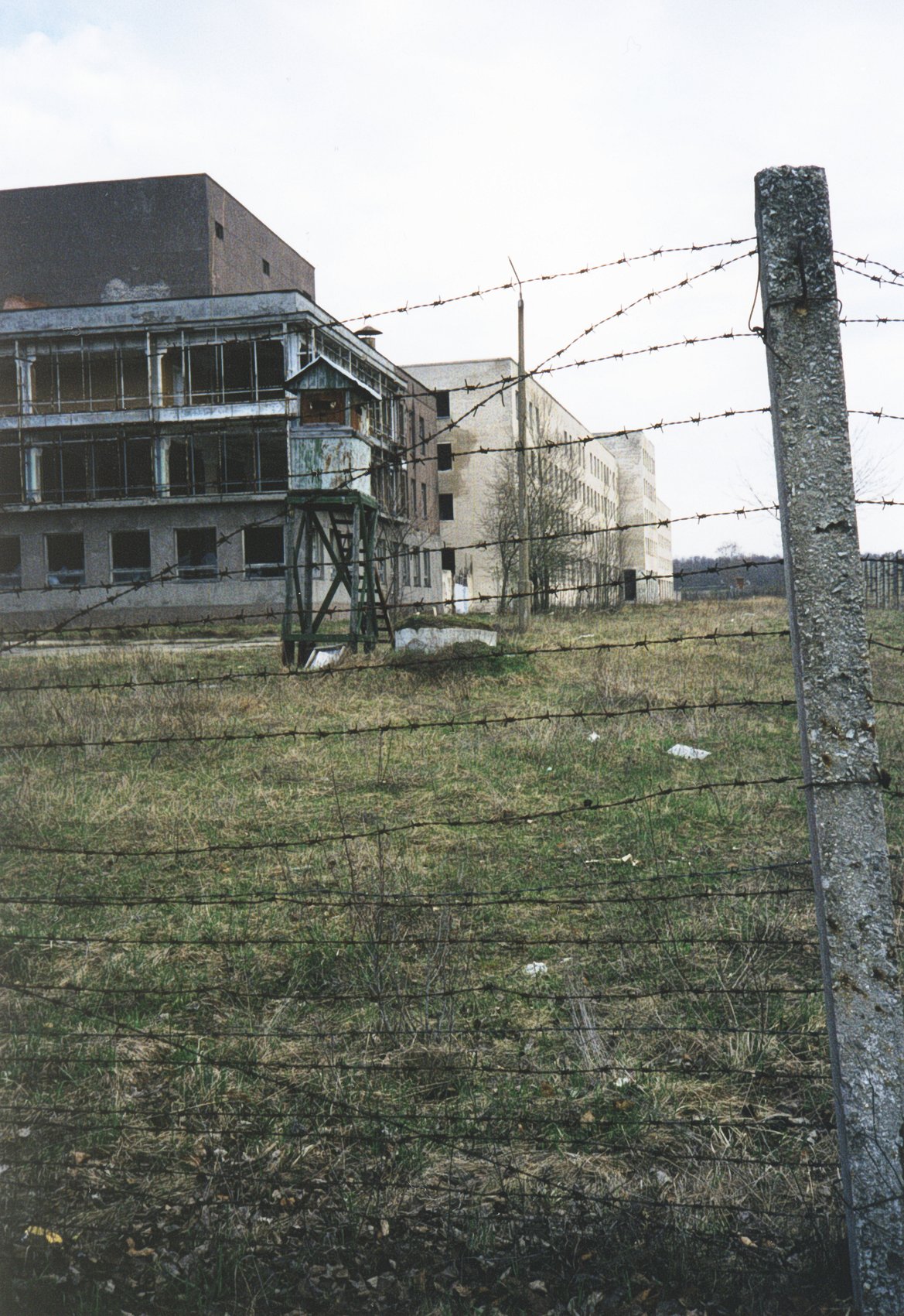|
Rahumäe Railway Station
Rahumäe railway station () is a railway station serving Rahumäe, a subdistrict of the Nõmme district of Tallinn, Estonia. Rahumäe has approximately 3000 residents. The station is approximately 6.8 kilometers (4.2 mi) southwest from the Baltic station (Estonian: ''Balti jaam'') which is the main railway station of Tallinn, near the Baltic Sea. The Rahumäe railway station is located between the and railway stations of the Tallinn-Keila railway line. The station was opened in 1926, and the station building was completed in 1930. There are two platforms along the two-track railway, both 146 meters long. History Although the Tallinn-Paldiski railway opened already in 1870, a station on this site was not opened before 1926. The station building was completed in 1930. Ticket sale was terminated in the station building in 1998. Operations Elron's electric trains from Tallinn to Keila, Paldiski, Turba and Klooga-Rand stop at Rahumäe station. The station belongs to th ... [...More Info...] [...Related Items...] OR: [Wikipedia] [Google] [Baidu] |
Rahumäe
Rahumäe (Estonian for 'peace hill' or 'quiet hill') is a subdistrict () in the district of Nõmme, Tallinn, the capital of Estonia. It covers an area of and has a population of 3,075 (), and a population density of . Rahumäe has a railway station on the Elron western route. Rahumäe Cemetery and Tallinn's Jewish cemetery A Jewish cemetery ( ''beit almin'' or ''beit kvarot'') is a cemetery where Jews are buried in keeping with Halakha, Jewish tradition. Cemeteries are referred to in several different ways in Hebrew, including ''beit kevarot'' (house of s ... are located in Rahumäe. Gallery File:Rahumäe jaama hoone.jpg, Rahumäe train station File:Rahumäe raudteepeatus (tänapäev).jpg, Rahumäe railway station File:Rahumäe sõjaväejaama hoone.jpg, Ruins of the former narrow gauge railway station building File:Rahumäe kalmistu.jpg, Entrance of Rahumäe Cemetery File:Juudi kalmistu kabel.jpg, Chapel at the Jewish cemetery File:Järve Keskus 2557.JPG, Jä ... [...More Info...] [...Related Items...] OR: [Wikipedia] [Google] [Baidu] |
Paldiski
Paldiski is a seaside Populated places in Estonia, town in northwestern Estonia, located on the Pakri Peninsula and adjacent Pakri Islands, Pakri islands in the Gulf of Finland of the Baltic Sea. It is the administrative centre of the Lääne-Harju Parish in Harju County. Paldiski is home to a large ice-free port and the terminus of the Tallinn-Tallinn-Paldiski Railway, Paldiski railway line. The port is served by passenger ferry services to Kapellskär, Sweden, operated by Tallink and DFDS Seaways. As of 1 January 2021, the town had a population of 3542. Etymology The first known name of Paldiski Bay is Rågervik, meaning "rye island bay" in the Swedish language; it was derived from the name Estonian Swedes used for the Pakri Islands, Pakri islands: ''Rågöarna''. A small harbour, also named Rågervik, was established on the southern coast of the Pakri Peninsula in the 17th century. This port has also been referred to as ''Rudewa'' and ''Rågövik''. After Estonia was co ... [...More Info...] [...Related Items...] OR: [Wikipedia] [Google] [Baidu] |
Railway Stations In Estonia Opened In 1926
Rail transport (also known as train transport) is a means of transport using wheeled vehicles running in tracks, which usually consist of two parallel steel rails. Rail transport is one of the two primary means of land transport, next to road transport. It is used for about 8% of passenger and freight transport globally, thanks to its energy efficiency and potentially high speed.Rolling stock on rails generally encounters lower frictional resistance than rubber-tyred road vehicles, allowing rail cars to be coupled into longer trains. Power is usually provided by diesel or electric locomotives. While railway transport is capital-intensive and less flexible than road transport, it can carry heavy loads of passengers and cargo with greater energy efficiency and safety. Precursors of railways driven by human or animal power have existed since antiquity, but modern rail transport began with the invention of the steam locomotive in the United Kingdom at the beginning of the 19th c ... [...More Info...] [...Related Items...] OR: [Wikipedia] [Google] [Baidu] |

